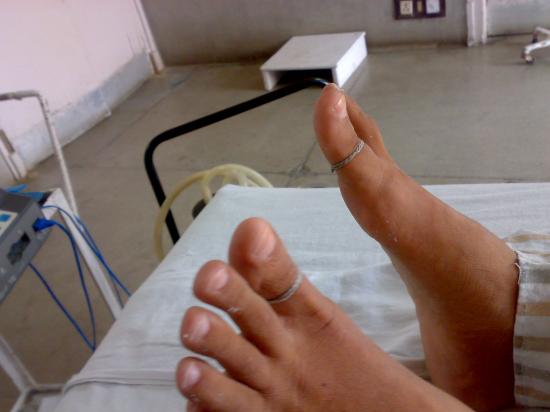How Much Does Indian Government Spend on Healthcare? How Much Do We Spend on Healthcare from Our Personal Resources?
The total value of the health sector in India today is annually over Rs.150, 000 crores or US$ 34 billion. This works out to about Rs.1500 per capita which is 6 per cent of GDP. However, of this only 15 per cent is publicly financed, 4 per cent is from social insurance, 1 per cent private insurance and the remaining 80 per cent is spent out of personal resources. (85 per cent of which goes to the private sector).
The tragedy is that in India, as in most other countries, those who have the capacity to buy healthcare from the market may often get this care without having to pay for it directly, and those who are below the poverty line are forced to make direct payments to access healthcare from the market.
National data reveals that half of the people in the poorest 20% of population sold assets or took loans to access hospital care. Hence loans and sale of assets are estimated to contribute substantially to financing healthcare. This makes the need for social security even more imminent.
The health services have been dismally poor and inaccessible for a large majority of the population in India. This is duly acknowledged in “ National Rural Health Mission” document)2005), Ministry of Health and Family Welfare, N. Delhi
There are three streams of health providers that have emerged in post independent India- the qualified allopathic doctors, the qualified doctors from the Indian System of Medicine and unqualified health providers – the latter by default have become the mainstay of health services for the bulk of Indian’s population. Thus the health infrastructure need to be strengthened in the country so that the people at large get quality health care.
With less than one percent of the GDP invested in public health provision, India is home to one fifth of the world diseases, where the regular level of malnourished children is higher than that of Sub Saharan Africa and with high rates of anaemia and maternal undernourishment

Health is an indicator of well -being that has direct implications not only for the quality of life but also indirect implications for the production of economic goods and services. “ Health for all by the year 2000” was a national goal set by the Indian Govt in 1978.Since then a lot has been done in improving health both in rural and urban India. Despite all concerted efforts, however, India continues to have high level of morbidity, especially among infants, children, women and elderly. There is also a high incidence of communicable diseases normally associated with low levels of sanitation, public and personal hygiene, poor quality of drinking water and under nutrition.
R.S.Dahiya



